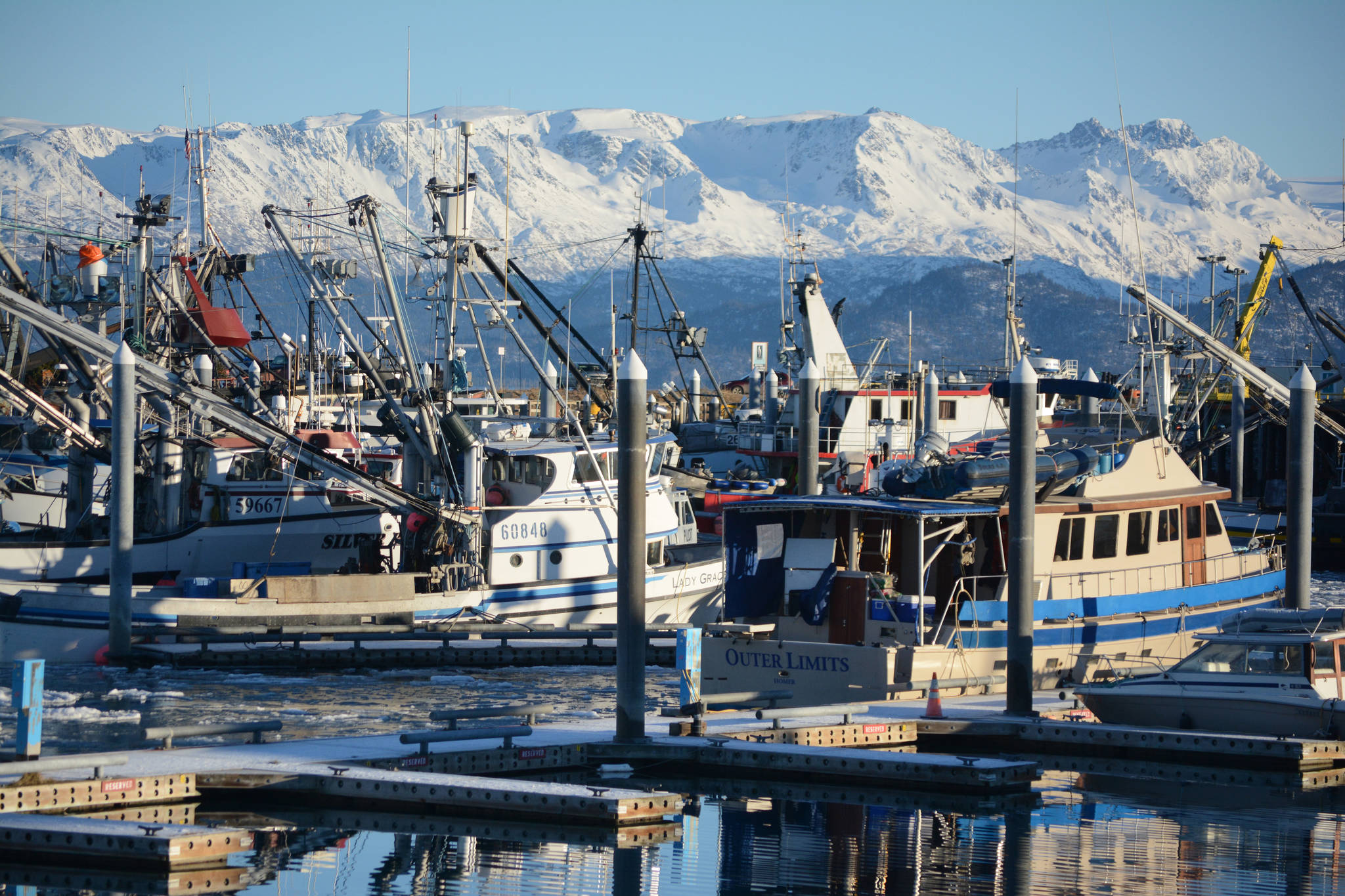Upper Cook Inlet had a salmon season that was a dramatic increase over last season, according to the summary released by the Alaska Department of Fish and Game last week.
It still left a lot to be desired.
The sockeye run was stronger than expected, 30% higher than the preseason forecast of 4.4 million fish.
Of the estimated 5.7 million sockeye that returned, 2.4 million were caught, including 1.6 million by the commercial fleet, making it the third lowest commercial catch since 1975.
The Kenai River sockeye run, the largest driver of the fishery, came in 1.5 million fish above forecast and saw an estimated escapement of nearly 2.5 million fish, over twice the top end of the sustainable escapement goal of 1.2 million.
The Kasilof River escapement ended up at 521,892 sockeye, also well above that river’s top SEG of 320,000.
One possible reason for all the over-escapement is the lack of boats actually fishing.
PacStar fleet manger Jeff Berger said last week that only 60% of the drift fleet he manages bothered to put their boats in the water after the dismal 2020 season.
Continued weak runs of late-run king salmon in the Kenai River led to less fishing for the East Side setnet fishing than was in the management plan, and was coupled with paired restrictions in the sport fishery.
ADF&G also allowed setnet fishermen to use a 60- foot net by emergency order, which gave the department flexibility to allow additional fishing time than would otherwise have been possible. Still, setnetters only caught 407,007 sockeye, a drop of 56% from the latest 10-year average harvest of 929,000 fish.
That compares to 851,901 sockeye caught by the drift fleet, which was still down 39% from the most recent 10-year average.
Sockeye run timing in the Kenai River was later than usual.
The peak day of sockeye salmon passage in the Kenai River occurred on Aug. 2 with a count of 151,525 fish. This was the highest daily sockeye salmon passage recorded in August for the Kenai River sonar project, and the second latest peak of sockeye salmon passage recorded compared to 2020, which was the latest.
During the previous 10 years, the average date where 50% of the yearly sonar passage occurred in the Kenai River was July 26. In 2021 50% of the total passage did not occur until Aug. 3, eight days later than average, and approximately 62% of the run arrived in August.
Cristy Fry can be reached at realist468@gmail.com



